Worldwide Friends Magazine
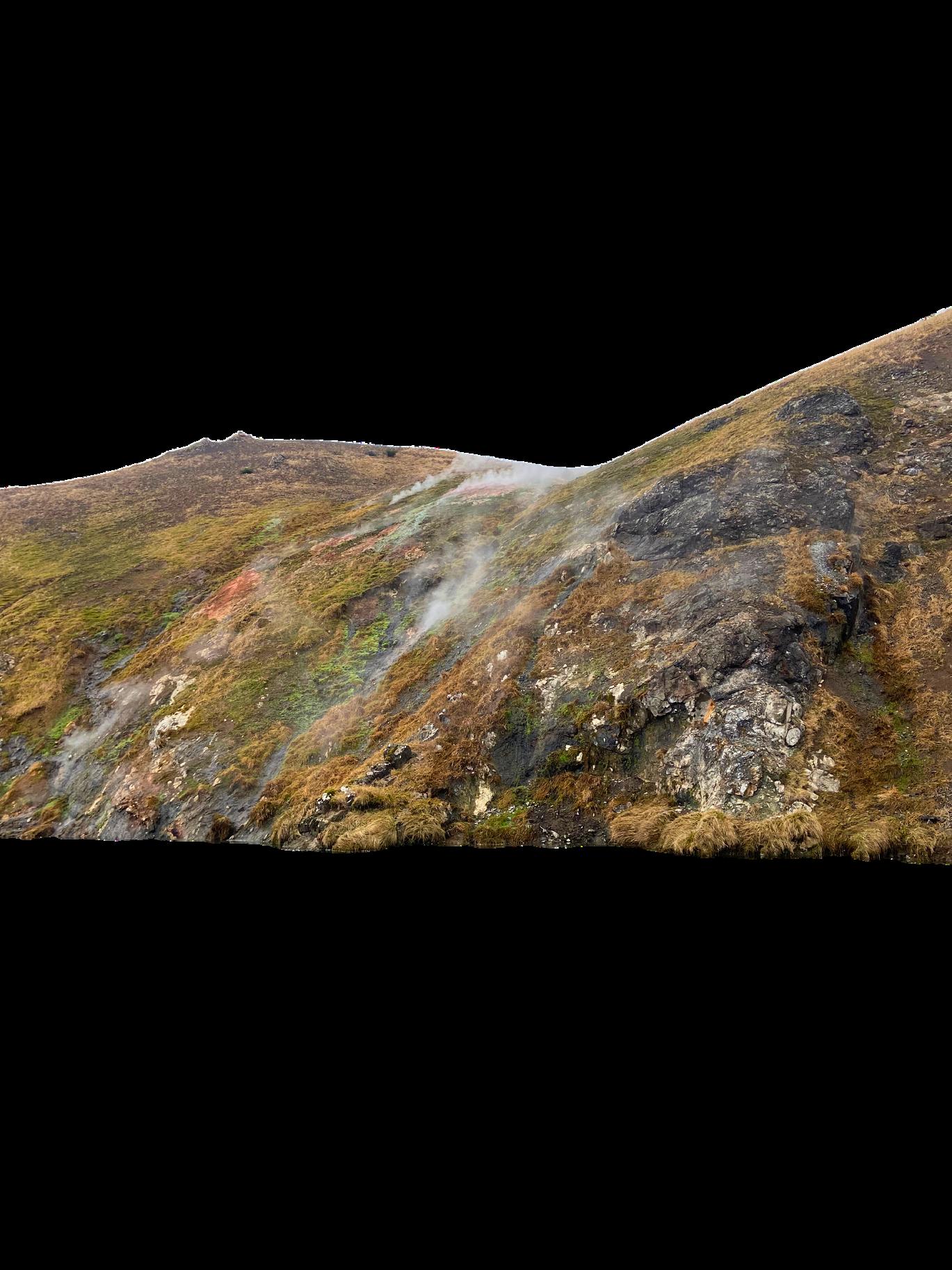
APRIL 2023
Dear reader,
Veraldarvinir / Worldwide Friends (WF) was founded in 2001 as an non-profit organization promoting nature protection, peaceoriented activities, friendship, and international understanding among people.
The main activities offered by WF in Iceland are Short- and Long-Term volunteering programs, summer camps for teenagers, exchange programs & educational tours.
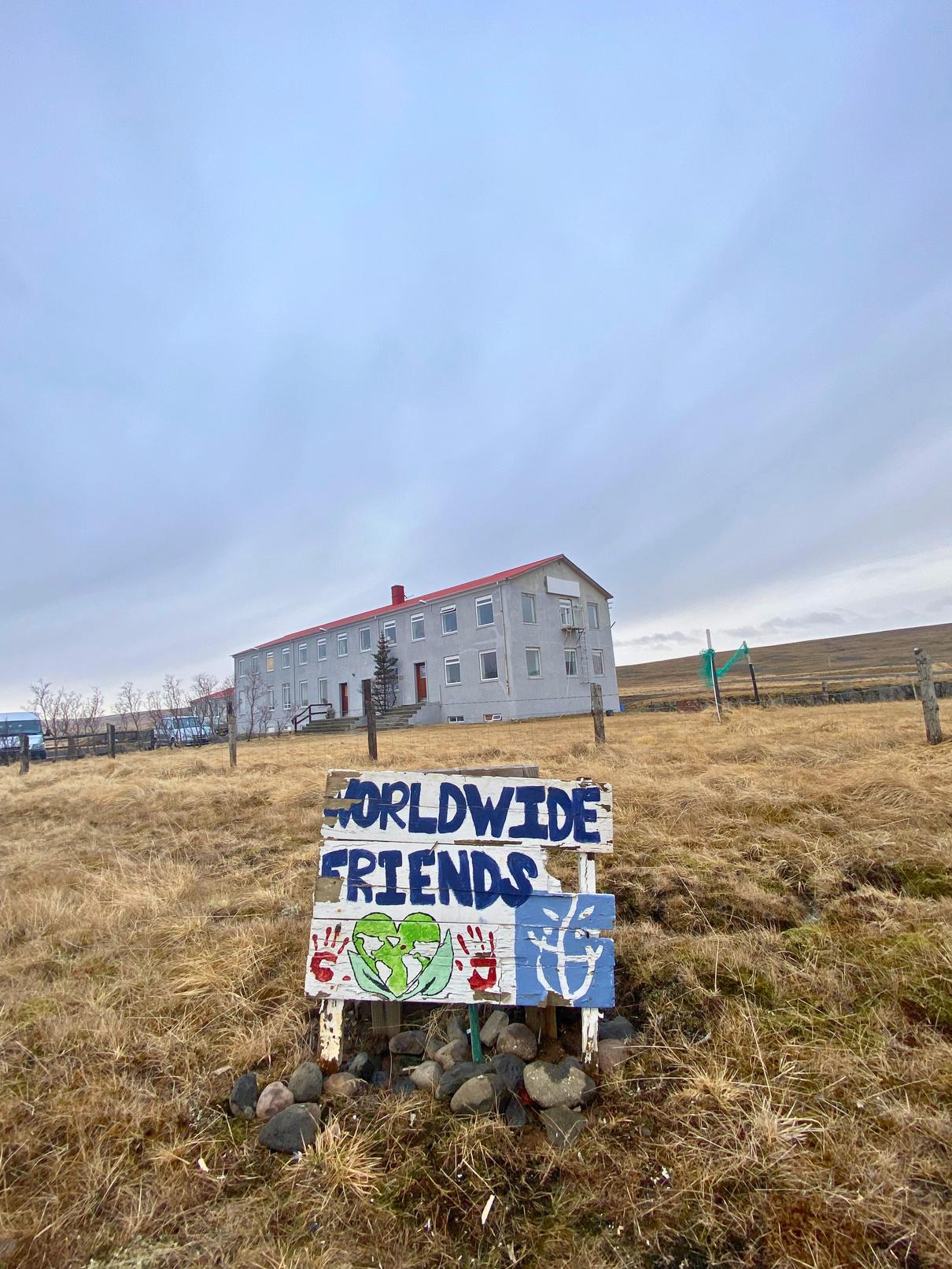
Today the endeavor of attaining world peace has become a tangible possibility and the development and strengthening of bonds of cooperation and friendship through contact with people from other countries and cultures has proven to be one of the most fruitful means of achieving understanding and unity among nations.
Veraldarvinir‘s main aim is to increase intercultural understanding by offering international volunteers the opportunity to take part in nature and peace-related activities.
In the last 21 years we hosted 20.613 International participants in our programs in Iceland and they contributed 2.34 million hours to Icelandic nature.
A B O U T W O R L D W I D E F R I E N D S
CONTENTS
PAGE 3
MEET THE TEAM
PAGE 5
LOCAL INTERVIEWS
PAGE 8
ENVIRONMENTAL TIPS, BE SUSTAINABLE
PAGE 12
GEOTHERMAL AND RENEWABLE ENERGY IN ICELAND
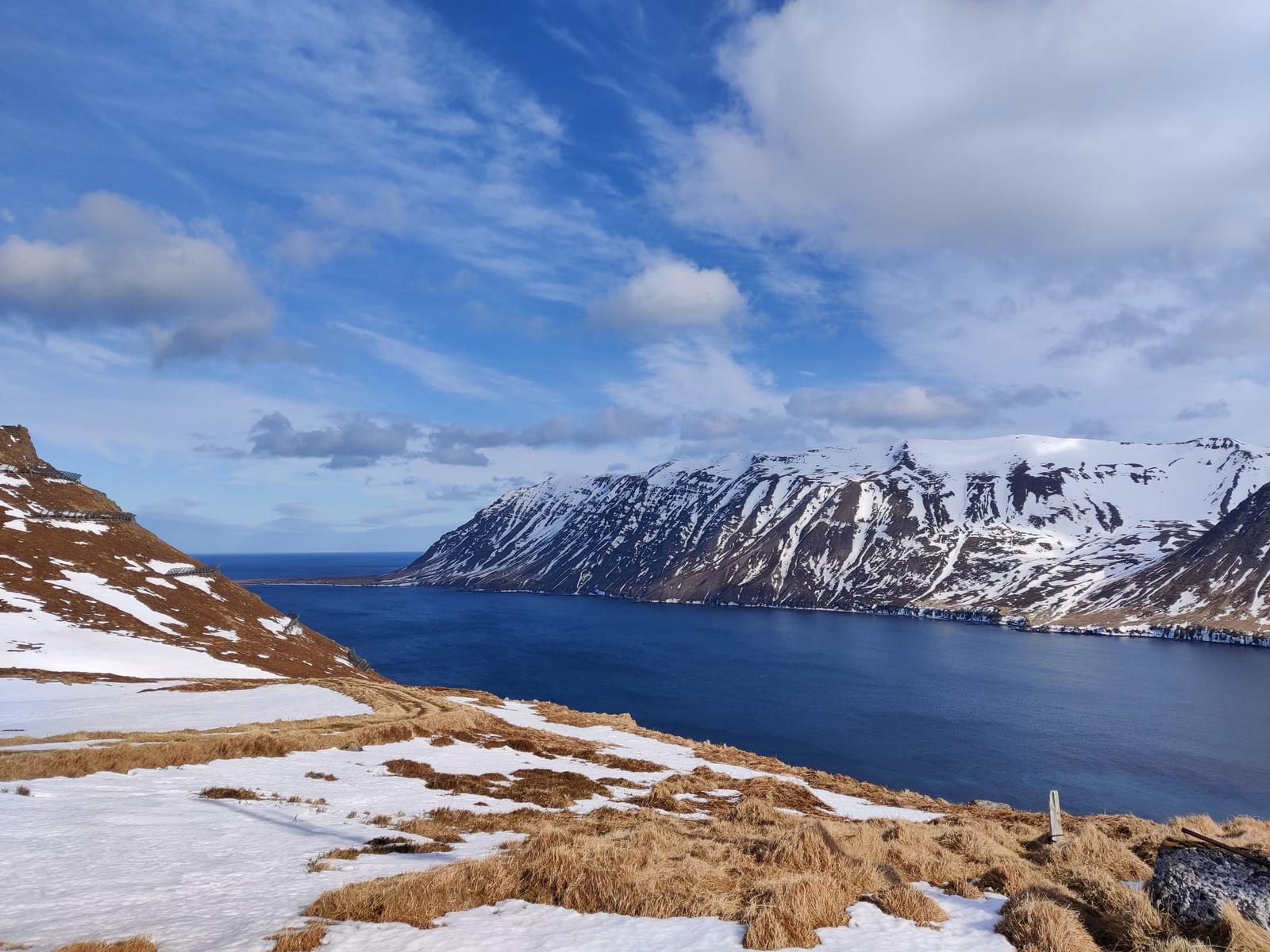
PAGE 17
HVERAGERDI AND SOLHEIMAR CAMPS
PAGE 19
RECIPE BANANA BREAD, RED BERRIES AND BANANA MILKSHAKE
PAGE 2
THE TEAM
Dacil Aleman Cabral
Hola, I’m Dácil from Canary Island. I'm doing my internship in this wonderful environmental organisation and breathtaking country. I'm so happy of being part in this project while meeting amazing people, various cultures and beautiful landscapes. Know to love and protect. Let’s be part of the change

Henry Jurczek
Hello, my name is Henry. I’m from Leipzig (Germany). I like doing sports very much. My motivation for working for WWF is to make a positive contribution and doing something meaningful.

Willem Weiß
Hey! My name is Willem and I’m from Germany. I’ve been a volunteer for 11 weeks and have 5 more to go. I had the pleasure to stay in 4 different camps throughout my stay in Iceland, and I loved everyone of it. Every camp has something special, and you experience so many things.
Amalia Nicolay
Hello, my name is Amalia and I come from Belgium! I’ve been in Iceland for less than 2 months now and so far I love it :) I really wanted to learn more about nature preservation and discover new places. Getting a more practical outlook via volunteering helped me confirm my study choice and I really recommend it to everyone!


PAGE 3
WORLDWIDE FRIENDS
Valentino Garcia
Bonjour, I'm Valentino from France. I stay in Iceland for about two months, through out those months I discover the beautiful landscape in Iceland. I manage to visit different camps that Worldwide Friends offer and these workcamps help you practice and work on the environment.

Charlotte Hunnius
Hey :) I am Charlie from Germany. Spending time in nature just makes me happy and I am always interested in exploring new landscapes. I chose this project in Iceland because here I can enjoy the nature, and make my contribution to protect it all in once.
Jana Gundelfinger
Hello, my name is Jana and I‘m from Germany. I‘m here at the worldwidefriends center in Brú to learn new things, especially about sustainability. I want to contribute in protecting our environment and see the beautiful nature that iceland has to offer.
Julia Orpik
Guten Tag! I am Julia from Düsseldorf, Germany. I am on Iceland for 4 weeks and I am looking forward to discover the beautiful nature and to see a lot of Iceland. I want to improve my English skills here, meet new people and have nice experiences.



PAGE 4
ABOUT Ásta
In this interview, we'll discuss about a woman who stays in her hometown over the years and observes the changes that take place.
In 1974, 14-year-old girl, Ásta from Stöðvarfjörður would run out to her balcony and walk straight off of it onto the meter-high snow that covered the ground. She was making her way to school in Eiðar, where the older kids from all around the Eastfjords would study. Back then, she recalls the snow reaching above the pillars on the road, which came up to her waist.
Whether she likes it or not, life is not the same anymore in her small hometown, which remains as a slowly changing time capsule for the old ways of the Icelandic people, as they slip into the effects of climate change and globalization of the world. Ásta has lived in Stöðvarfjörður her whole life. When I asked if she would ever move out of the country, or even to Reyjavik, her answer was a strong “no”, stating that she enjoyed the quiet community compared to the hustle and bustle of the big city. The life here seems quiet indeed - in a town of 180 people, with nothing but wild mountains surrounding it, one has to be a certain kind of hardy to live here.
Stöðvarfjörður harbour
Many of the locals take solace in the mountains, enjoying the many hiking trails, and berry picking in the autumn. Like many Icelanders, their lives revolve around the seasons and the weather, which makes the effects of the warming climate even more noticeable.
Before the construction of an alumninium plant in Reyðarfjörður, most of the inhabitants of the Eastfjords were fishermen. Stöðvarfjörður was used as a herring port, complete with a fish factory and a salt factory for the fish.
However, when the plant was built by American company Alcoa due to Iceland’s abundant cheap energy, many people began to work there instead, and the fish factory that used to employ many citizens closed down.

PAGE 5 Local
interview in Stöðvarfjörður
Ásta does not work in the factoryinstead, she co-owns a small shop in Stöðvarfjörður’s center, known as the Brekkan, which has become a community hub for the small town. It sells a small amount of fresh produce, as well as canned goods, locally handcrafts, and random necessities to save the townspeople a trip across the mountain pass to the nearest large center.
We asked her what she liked about living in the Eastfjords, and she replied that she enjoyed the lack of people, and the peaceful nature to be able to escape to. She mentioned berry picking in the fall, an activity that many Icelandic people partake in.

She has no problem with the long winter nights, having lived with them her entire life.
The Christmas lights in the small shop twinkled, and Ásta remarked on the Christmas traditions of the town, saying that nothing is as big as it was years ago. The children used to dance and sing and hold festivals during the holidays, but it is not so much anymore - though on the 7th of December, the town still holds a small party to erect a Christmas tree in the center.
375 people used to live in Stöðvarfjörður - now, the population is only around 180, which is a significant decline for such a small community.
The town used to have a salt factory, a larger grocer, a fish factory, and a book store - now, it has none of those, and the old concrete buildings remain as a memory, slowly crumbling into the fjord.
The reason for this can even partly be pinned on climate change. Back in the 20th century, there would be so much snow in the winter that selfsufficiency in each fjord was a necessity. Now, snow hardly ever falls before December.
Throughout the winter it hovers above freezing, with rain most days, which has impacted the fisherman as well, forcing them to reroute their old practicies and adapt to the changing ocean and fish populations.
PAGE 6
The continued globalization of the world impacts this town as well, as countries grow more and more connected through the internet, and small communities like Ásta’s slowly begin to die out, or be forced to merge into a changing world. Still, Ásta remains in Stöðvarfjörður, and volunteers from around the world continue to visit the camp there, spending their days tending to the beaching and lupines in the surrounding landscape. It might seem like a lonely lifestyle for some, but for Icelanders who have survived for generations on this land, it is the only way of life. With a changing climate, the future of Stöðvarfjörður is uncertain, but for now, it continues to exist in its little fjord among the mountains, lending itself to change and time.

This interview was conducted in November 2022. As of March 2023, the Brekken has closed permanently, or until new owners are found. Ásta and her co-owner Rosmary are retired. Article by Erin Helgason.

PAGE 7
ENVIRONMENTAL TIPS
Be sustainable
" A simple gracious act can make a lasting impact in the world "
As individuals and organizations, we often squander significant amounts of food, water, and energy without realizing it. However, by making even minor adjustments and taking simple steps, we can prevent this wastage and conserve these resources for future generations.
Some green tips:

Reduce food waste
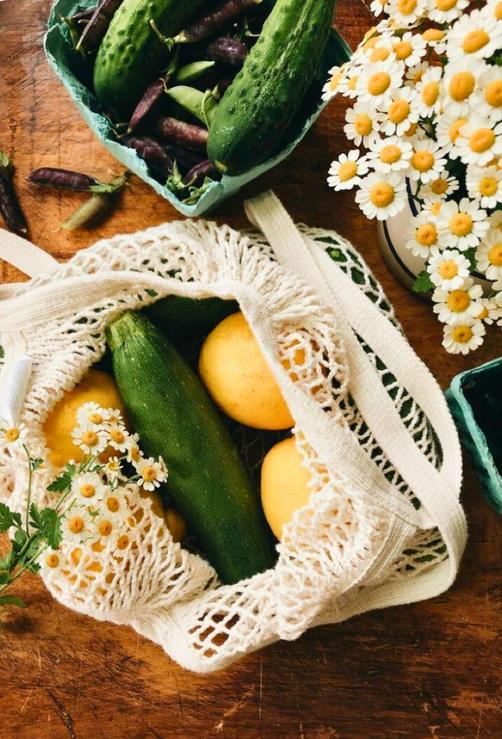
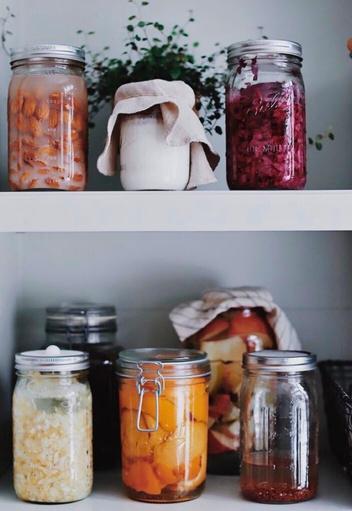
Reduce water usage
Reduce plastic usage
Save energy
Take care of the environment
PAGE 8
5 WAYS TO BECOME MORE SUSTAINABLE

We live in the middle of a climate crisis, due to our unsustainable lifestyle. A mature problem are the CO2 emissions we all produce. The graphic above is an example of CO2 emissions of an average German person, split into different areas of life.
As you can see, there are many different areas of our daily life that have an impact, and thus everyone can change something to live in a more sustainable way. In the following, we will give you some tips and suggestions how to make your life more sustainable in the different areas of your life.
Transport/Travel
The world has so many beautiful places to offer, be at beach, mountains or forests, all worth a vacation. It's not only for us, but also for the future generations, so they can travel to these places it is important to pay attention to sustainable travel. You should refrain from flying as far as possible, because this is whereby far the most CO2 emissions emitted. Also ask yourself if your destination can be reached by other means of transport, such as the train. After you've decided on a means of transport, it's about your lodging. When you look out for a place to stay, you should look for sustainable accommodations. These are mostly local hotels and not hotel chains, in which the focus is on environmental protection, responsible use of resources, wellthought-out energy concepts and the use of organic products.
The next step is now packing for your trip. First, you should inform yourself about your travel country and then, pack only as much as you really need. When you finally arrived at your accommodation and started your vacation, it's very important that you always leave the nature as you found it. Don't leave any rubbish behind and pick up and dispose trash if you see any. Also turn off the lights and the air conditioning if you don't need them, and use your towels more than once.
Electricity 7% Flights 5% Transport/Travel 15% Heating 15% Nutrition 16% Other consumption 42%
PAGE 9
Energy Cosmetics/Fashion
In the CO2 footprints of general households, electricity and especially heating have a big impact. So it is important to reflect and improve your behavior, which will save you some money as well. For a more sustainable heating, try to reduce your water heating expenses, avoid baths and long showers. Only heat to a moderate room temperature. Furthermore, it's important to make sure your home is properly isolated.

Coming to electricity, you can do a lot to reduce your consumption. One tip with a big instant impact is to completely switch to LED bulbs. These are efficient energy, last longer and save money. Kind of obvious and very effective also, is switching to green electricity, instead of supporting the energy of fossil fuels combustion.
You should also hang your clothes instead of using a dryer. These saves your money and is more gentle to your clothes, so they can last longer. Avoid stand by and unplug your devices when they are fully charged. Unplug electronics and appliances when they are not in use, and don't forget when you leave your house for vacation as well.
Today, everyone wants to be fashionably dressed, but another big problem is the production of clothing. The production of jeans and polyester in particular uses a lot of water, chemicals and microplastics end up in nature and in the groundwater. Invest in high quality and timeless clothes that can be combined with many other clothes. Fair fashion labels (armed angels) produce many types of clothes, with a smaller CO2 footprint. Also, in second-hand stores there is a lot of choice as well, and you can get wellknown brands of clothes at a reasonable price. You can simply swap your clothes with friends and family members! Our cosmetics today contain a lot of microplastics and silicons which are not only harmful to the environment, but ultimately also to us humans. To counteract the pollution caused by cosmetics, there are some tips. The products you buy should be free from animal testing. Pay attention to a sustainable packaging without plastic and that the product is made of organically grown raw materials.

PAGE 10
Nutrition
Nutrition has the second-largest impact on the CO2 budget. This makes it even more important to observe a healthy and sustainable diet. This starts with the purchase of food : A shopping list prevents you from buying more food unnecessarily. Transport food in reusable bags and choose unpack food to avoid more plastic waste. When buying food, try to find some that guarantee an environmentally friendly production framework. A vegan diet with a lots of vegetables, fruits and nuts serves a sustainable and healthy nutrition. The consumption of meat should be at least halved, because meat production causes a lot of emissions. If you have bought too much food that you can not use up in time, try not to throw it away but offer your food on food sharing platforms on the internet. And last but not least, you can compost your biodegradable food to avoid creating more waste.
Waste
Talking about environmental protection and a more sustainable lifestyle, waste is the topic you will find everywhere and that is somehow linked to almost every other topic as well. Mostly all plastic rubbish ends up in the ocean at some point, pollutes and intoxicates our environment and ends up in the food chain. So, first thing we have to clarify, it's nearly impossible to not produce any waste. That's why it's very important that we recycle everything we can, so the raw materials stay in the cycle and don't get wasted, and also try to minimise the single use plastic.
By Julia, Charlotte and Jana
There are so many alternatives, like a reusable drinking bottle you can always take with you, also easy and effective : drink tap water. At the supermarket, watch out for reusable packaging. Avoid food delivery services and go to the store instead of shopping online. If there isn't a reusable alternative, start being creative. Lots of plastic packaging can actually be reused or upcycled. So next time, ask yourself if you can use the empty hard plastic yogurt cup for something else.
If you want to do more than reducing waste and do something against the trash, you can start collecting the trash laying around on your daily walks, that's so simple to do. Talking about a sustainable lifestyle, we have to start consuming more consciously and always asking ourselves if we really need that, before just blindly buying it. Try to use and reduce, start repairing stuff and stop mindlessly throwing things away. We hope you learned something new, that you can integrate in your daily life now for a more sustainable lifestyle.

PAGE 11
"Small steps are better than no steps!"
GEO THERMAL AND RENEWABLE ENERGY IN ICELAND

Iceland is setting an outstanding example when it comes to sustainable energy.
Did you know that nearly 100% of the country’s electricity comes from renewable sources ?
In the 20th century, this type of energy played an important factor in helping transform the population from a poor coal reliant society to one currently enjoying very high living standards. 73% of Iceland’s electricity is provided by hydropower plants and 26.8% from geothermal energy, accounting for over 99% of total electricity consumption in Iceland.
But what exactly are renewable energies, why are they so important for our environment ?
Renewable energy is energy derived from natural resources that are replenished at a higher rate than they are consumed. Renewable energies are plentiful and all around us, especially in Iceland. There are different types of renewable energy for example hydropower, solar, wind, ocean, bio and geothermal energy.
PAGE 12
GEOTHERMAL ENERGY


Geothermal energy is heat energy from the earth. Geothermal resources are reservoirs of hot water that exist or human made at varying temperatures and depth below the earth’s surface. Even though geothermal energy is expensive to instal and it runs the risk of triggering earthquakes due to destabilisation of the earth crust, it is way more environmental friendly than conventional fuel sources. This energy is totally a renewable resource because the heat comes from underground pressure, so it is always available, moreover it replaces fossil fuels so emissions are reduced. Using this energy became one of the two major renewable sources for energy production in the country.
HYDROPOWER ENERGY
Hydroelectric energy is a form of energy that harnesses the power of water in motion – such as water flowing over a waterfall – to generate electricity. Hydropower also has some critical impact on the environment it can destroy ecosystems, in addition it is quite expensive. But one fact is there are no emissions which are dangerous for humans or nature. The hydroelectric use is green and clean because it does not release greenhouse gases into the atmosphere. The first hydropower station was built in 1904. Now, there are fifteen hydropower stations in four operational areas across Iceland.
PAGE 13
Hverir Geothermal area
Seljalandsfoss Waterfall
Nowadays, a small carbon footprint is really important. Renewable energies reduce the carbon footprint of the whole country. In addition, the geothermal energy is used to heat Iceland’s greenhouses. These greenhouses are used to grow vegetables that helped Icelandic people to become more independent of international food imports.

Nevertheless, Iceland can not yet completely do without fossil fuel, as they are currently unavoidable in the transport sector. Even though Iceland still does some progress in this sector. Electronic mobility is getting more and more popular all over the country. The government is currently investing in charging infrastructure for electric cars.
The importance of renewable energies in Iceland is huge. More and more investors come to Iceland to start a company because of a favourable market environment. As a result, the number of available jobs for Icelandic people increases.

PAGE 14
Solheimar Greenhouse
Since 1924 Icelandic people have been using geothermal water to heat their greenhouses and to disinfect the soil between the crops. Furthermore, the warm soils in geothermal areas are used to grow potatoes and other vegetable for centuries. The availability of green energy for lighting the greenhouses has enabled farmers to extend the growing season, thus increase their production.
The main production of Iceland’s farmers is salad, tomatoes, cucumbers, bell peppers, herbs, mushrooms and strawberries. Icelandic veggie farmers can cover about 43% of the countries vegetable consumption. Icelanders are almost 70% self-sufficient in tomatoes and almost 100% selfsufficient in cucumbers.

Did you know that they even grow bananas in the greenhouses?
In summary, Iceland isn’t the most sustainable country. But when it comes to renewable energy, Iceland is worldwide exemplary. Getting 99% of energy out of geothermal power and hydropower is outstanding.
By Hannah, Elena, Olimpia and Jorina
PAGE 15
Hveragerdi Greenhouse
SOUTH CAMPS PRESENTATION
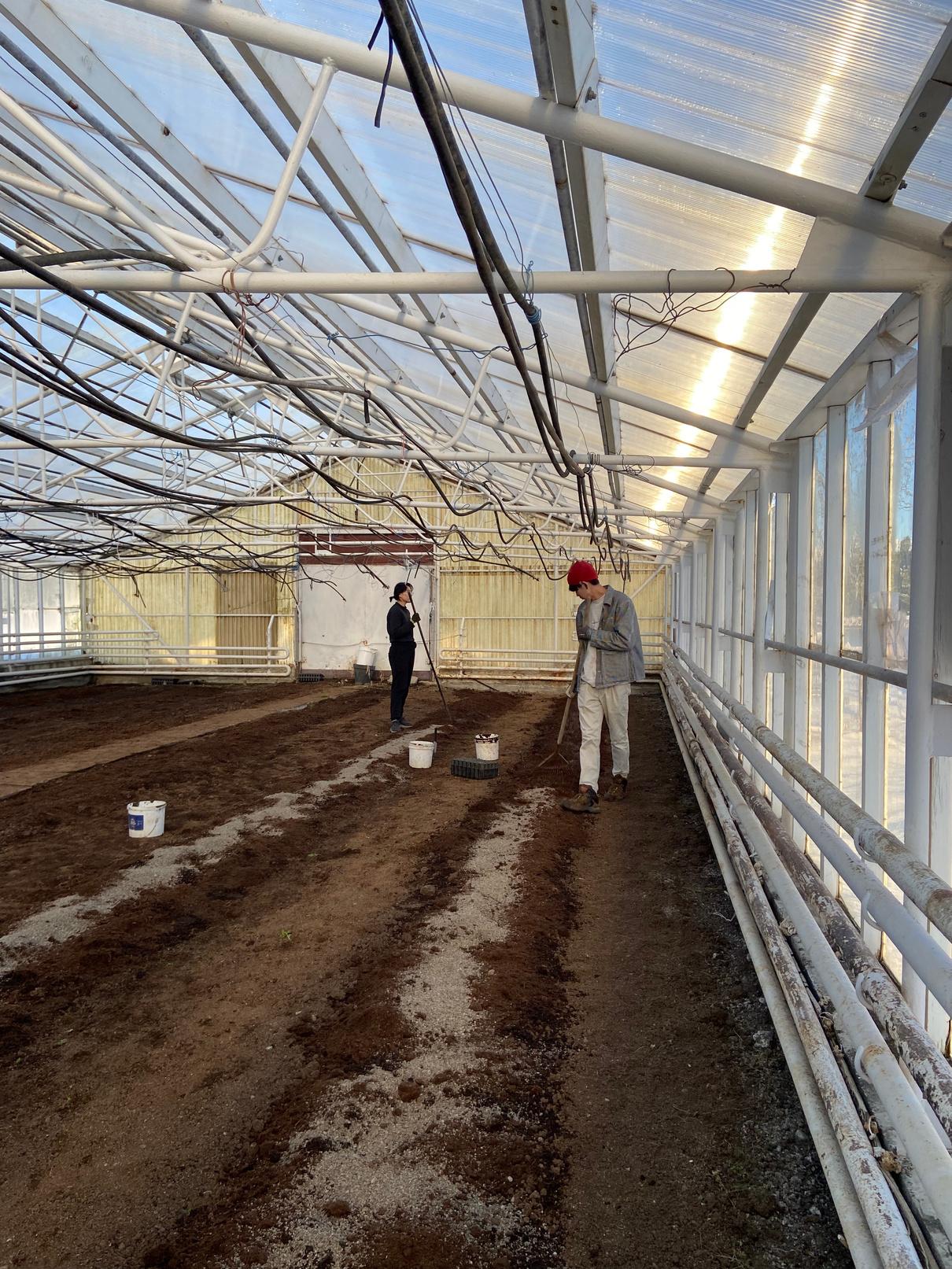
PAGE 16
HVERAGERÐI CAMP

WORK PROJECT
The work in this camp will be helping grow tomatoes, cucumbers, making tea made out of Icelandic herbs, and also doing some environmental work around the property. They have a Horticultural and Environmental Department, including forestry, gardening, and greenhouses, which is where Worldwide Friends volunteers work most of the time.

Hveragerði is a small town situated 45 km east of Reykjavík, with a population of approximately 1,700 people. It is built on a highly active geothermal zone, which supplies heat to hundreds of greenhouses. The town's name, "hot springs garden," reflects the abundance of geothermal activity in the area, including hot springs, geysers, mud pots, fumaroles, and steam vents. This natural wonder is unique in the world as it is located in the middle of a populated area. The WF house is situated in the Rehabilitation and Health Clinic compound.
The surroundings of the WF house offer excellent opportunities for hiking. Hveragerði is renowned for its exceptional hiking spots, such as the Reykjadalur hot river, which can be reached by a 2-hour hike.

PAGE 17
SOLHEIMAR CAMP
Sólheimar "Home of the Sun" , Iceland‘s first and only eco-village, is situated in the southwest region of Iceland, 80 kilometers to the east of Reykjavík. Its foundation dates back to 1930 when a young visionary named Sesselja Sigmundsdóttir (1902-1974) established the community, which has since gained a reputation for its innovative approach and ecological principles, drawing visitors and volunteers from all over the world. The community fosters an inclusive environment where individuals with and without special needs reside and work together.
Sólheimar is renowned for its pioneering role in practicing organic farming and features an organically certified greenhouse, forestry, and arboretum. Furthermore, Sólheimar promotes other eco-friendly projects such as geothermal energy and recycling.



WORK PROJECT
The main work in this camp will be with the forestry called Ölur and also in the greenhouses which are called Sunna. Volunteers will be working in the greenhouses planting and harvesting vegetables, doing weed control and sometimes you will also be gardening. The work might involve work around the property painting or fixing things.
PAGE 18
BANANA BREAD
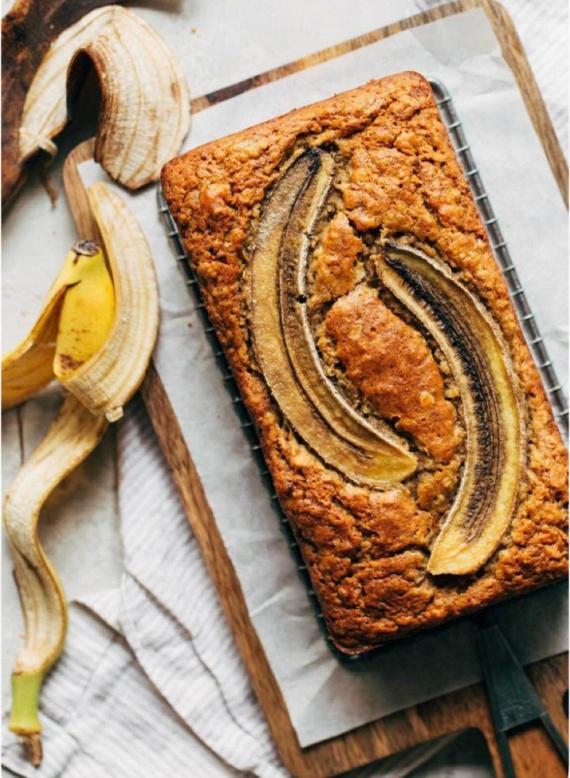 By Gina, Milena and Olimpia
By Gina, Milena and Olimpia
Ingredients :
For 10 people
- 4 ripe bananas
- 100 ml neutral oil
- 100 ml vanilla soy milk or other milk
- 225 g flour
- 150 g sugar
- 2 teaspoon baking powder
- 1/4 teaspoonof salt
- Chocolate as much as you want
Recipe :
Mix all the ingredients with a fork
Put oils in the baking pan
It happens that after week we have some brown banana left, and to prevent any waste some volunteers decided to make a snack for everyone.
Here is the recipe
Cook it in the oven at 180 C for 60 minutes
PAGE 19
BANANA AND RED BERRIES MILKSHAKE
By Dacil in Brù
Ingredients : For 10 people
- Few bananas
- Frozen berries
Dacil decided to make a milkshake for everyone using the leftover bananas, following a satisfying banana bread snack
Here is the recipe
- 100 ml oatmilk or other milk
Recipe :
Mix all the ingredients in a blender
Serve this in glasses for everyone !

PAGE 20
SEE YOU IN MAY EDITION


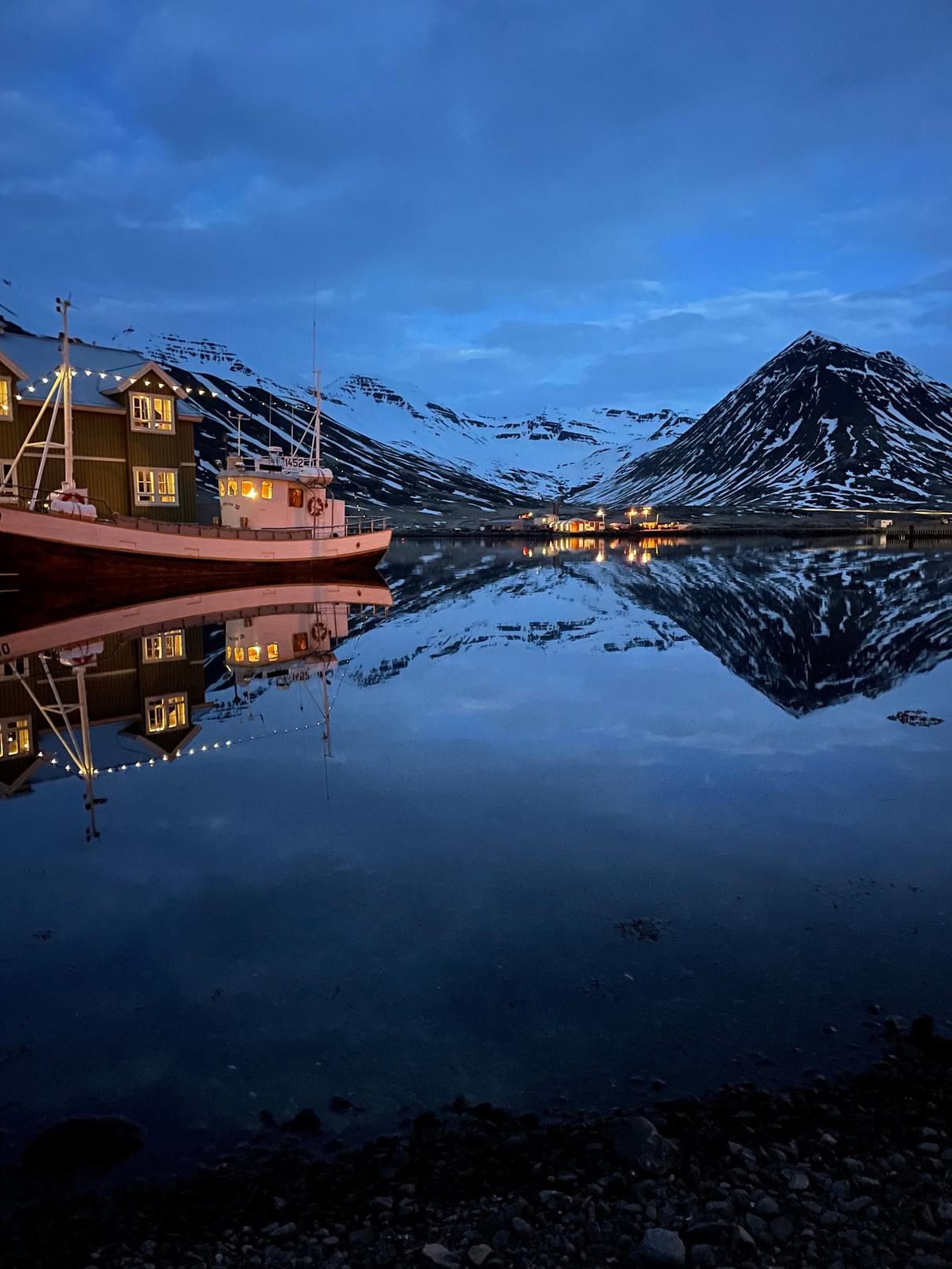




































 By Gina, Milena and Olimpia
By Gina, Milena and Olimpia



